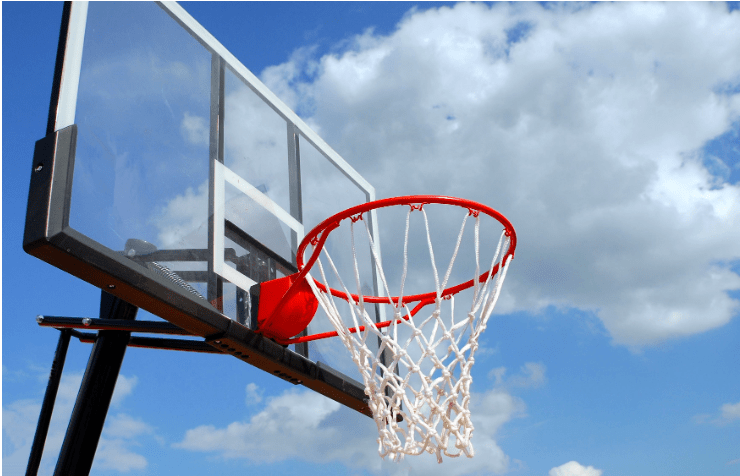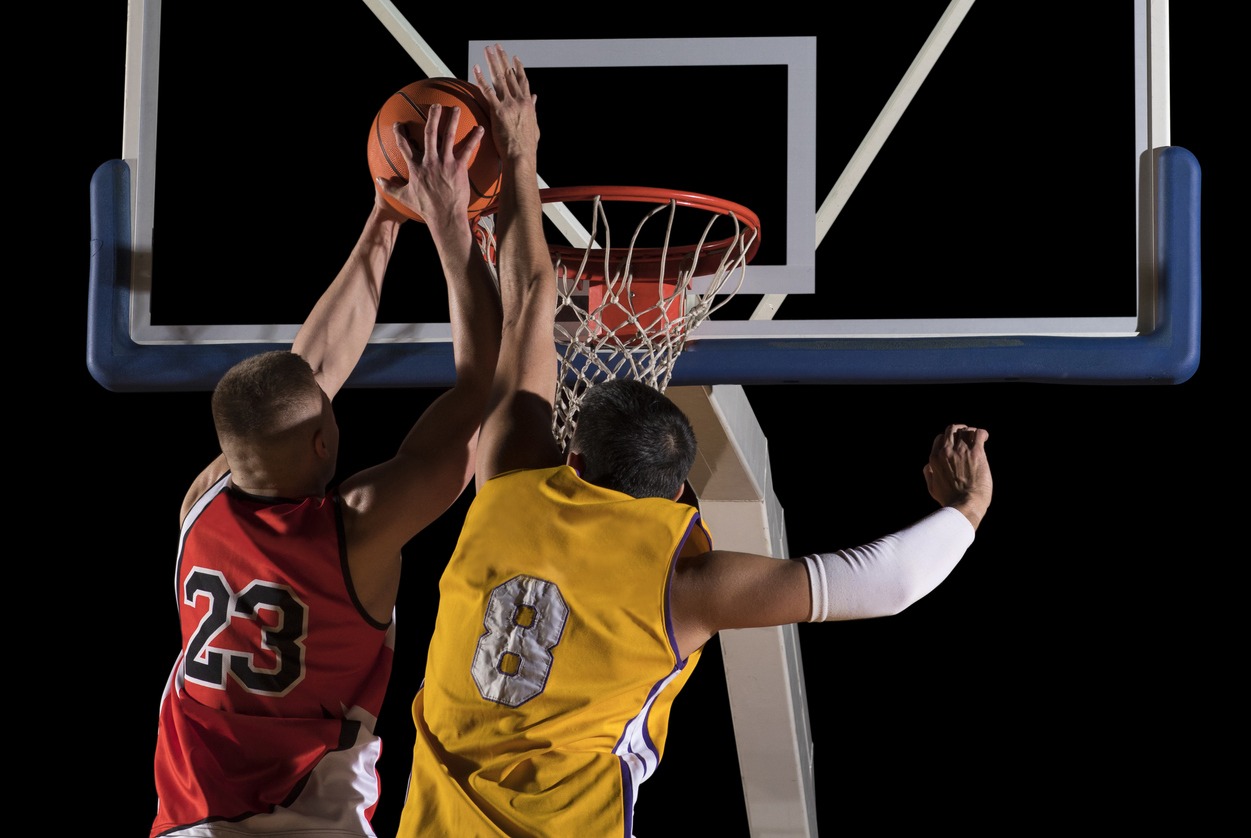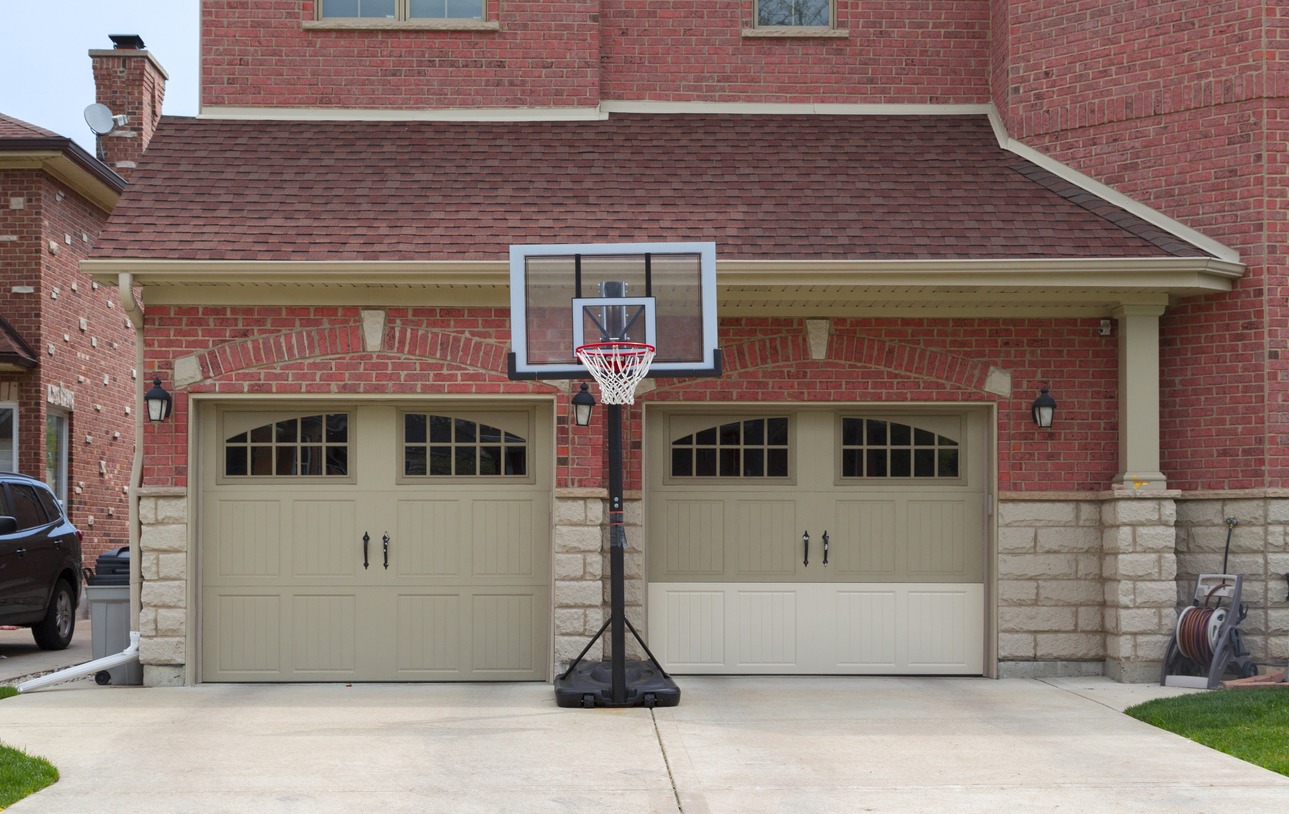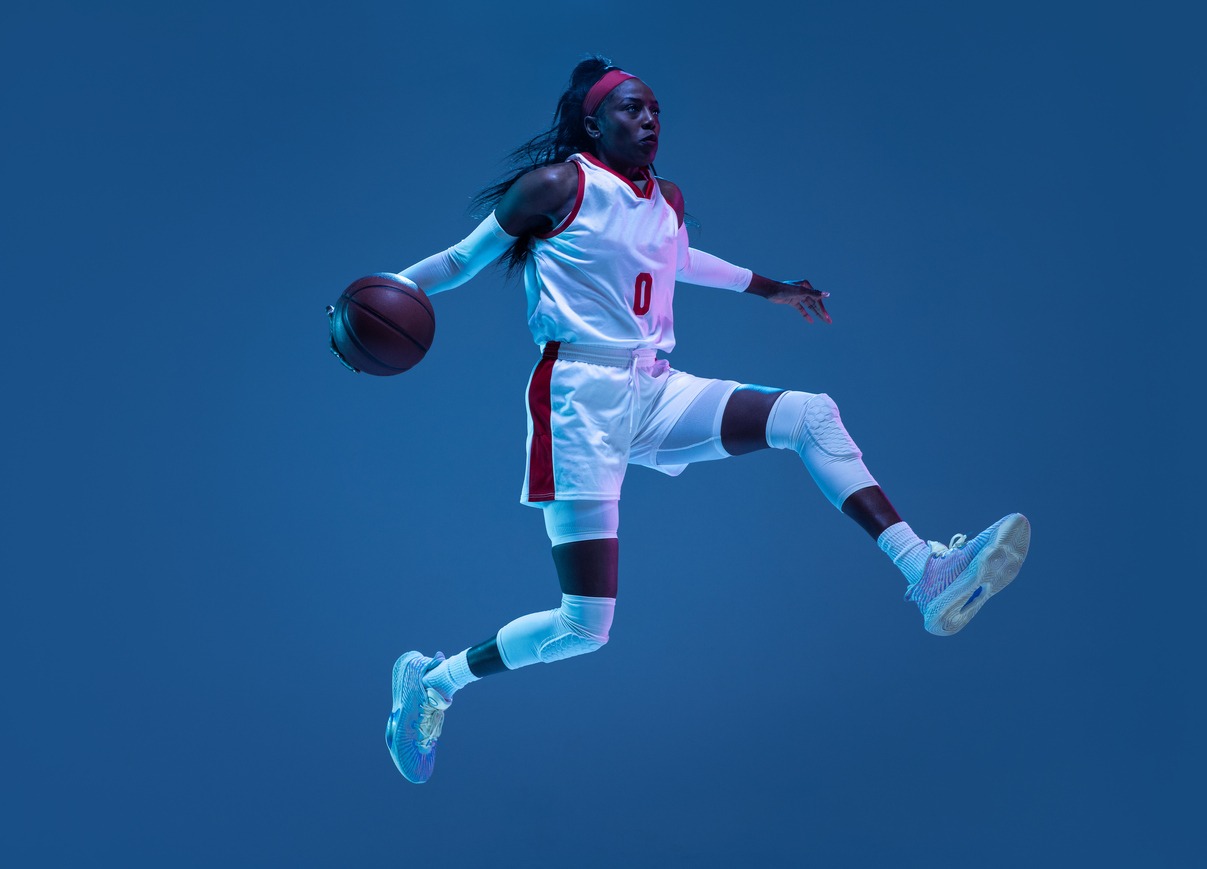Difference Between Indoor and Outdoor Basketball Shoes
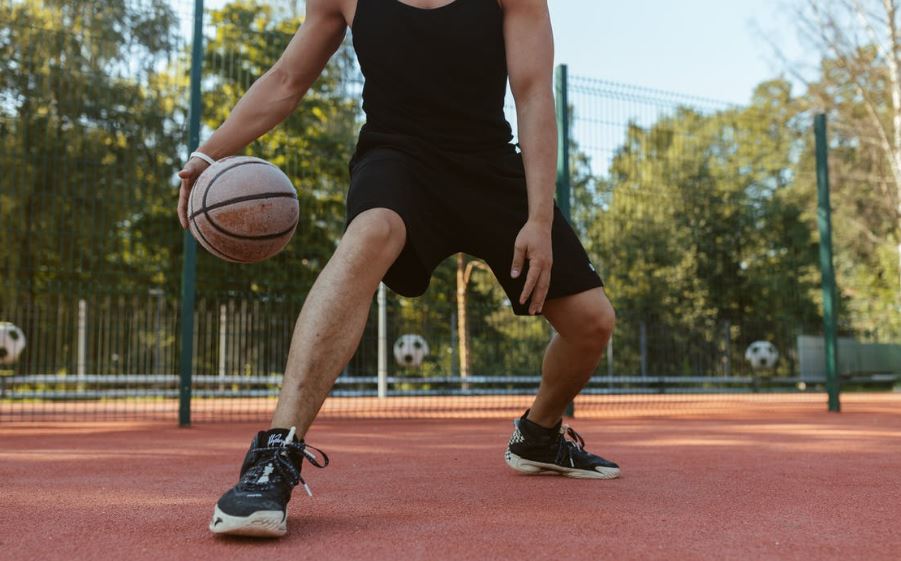
Basketball is a globally popular sport. What makes it more thrilling is that it doesn’t need much equipment like hockey, baseball, or golf. All it needs is a basketball and suitable footwear, and you can start playing inside the gym or on an open court.
Yet, while most deem it doesn’t matter, using a pair designed for either indoor or outdoor use is a must if you want to level up your play. Key differences are present between the two, so you must not wear them interchangeably. Otherwise, expect it to affect your game.
In this article, let’s discover more about the difference between indoor and outdoor basketball shoes, and why they’re designated for one court over another.
Indoor and Outdoor Basketball Shoes: What’s the Difference?
As its name suggests, indoor basketball shoes are primarily for an indoor court. They are specifically made for smooth surfaces and have a more flexible sole that permits sharp movements and pivoting on gym floors, usually covered in hardwood.
Indoor basketball shoes also have a softer feel that allows easier jumping off the ground, thanks to the improved traction from the rubber soles. However, you must never wear them outside. It will ruin the soles, causing them to deteriorate quicker and needing you to purchase a replacement.
On the other hand, outdoor basketball shoes are specifically made to withstand outdoor elements and more rigid surfaces like concrete or asphalt. They have thicker soles and a more durable exterior that won’t easily tear down.
Unlike indoor basketball shoes, you can wear outdoor basketball shoes inside the court. Normal floors won’t do the same harm and deterioration cement pavements can do on indoor basketball shoes. Yet, it still isn’t advisable and it’s best to wear the appropriate basketball shoes depending on where you’re playing to protect them, increase their longevity, and make sure that you perform your best.
To further know their differences, let’s look at some key aspects, which can highlight the distinct characteristics between the two shoes:
1. Material
As outdoor shoes are specifically manufactured to endure nature’s elements like moisture, hot air, UV rays, and rigid ground surfaces, all of their parts have to be sturdy. To do so, synthetic materials are used to provide durability, while thicker natural rubber is used for the soles.
Remember that such properties can be seen on good outdoor models, cheaper ones may
not boast the same qualities, and can wear and discolor faster. Always opt for the former as you can wear them on the court without much worry.
Meanwhile, indoor basketball shoes don’t have to combat such harsh elements and do the same work. While they’re also made with synthetic materials, the entire body tends to be more streamlined, lighter, and have more versatile designs than its outdoor counterparts.
Yet, indoor basketball shoes are less durable, which is why it isn’t advisable to wear them outside. They might chip or rip if you play with them on an outdoor court. The same goes for outdoor basketball shoes. You can’t also wear them inside. Damage can be done not on the shoes but on the hardwood floors.
2. Tread and Traction
A shoe’s tread is the part that directly comes in contact with the floor or ground. It is what provides stability, grip, and traction. Outdoor basketball shoes come with bigger thread patterns to allow better hold on hard outdoor surfaces. It provides the traction you need to stay in control and handle the ball better while maneuvering on an outdoor court.
Indoor basketball shoes feature smaller tread patterns, usually having circular flat spots, which provide grip on smoother, flat surfaces of indoor courts. They function like a suction that offers better traction on wooden floors.
As they are slicker, you may find them slippery when used outside as they don’t possess the same large tread patterns as outdoor basketball shoes. Use your indoor basketball shoes outside and don’t be surprised to slide over the asphalt or the cement pavement.
3. Cushioning and Comfort
Cushioning is another aspect where the two vary. Outdoor basketball shoes have thicker insoles and thicker soles to serve as cushioning and protect your feet and legs when running and jumping on the hard ground. You can also see extra features added by different brands aimed to provide better lateral support and insulation for your utmost comfort.
While indoor basketball shoes have cushioning, it’s less than outdoor pairs. Different material is also used and rather focused on providing stability and flexibility when making quick movements on the court. Soles and lateral walls are also thinner, as they don’t need the extra cushioning on hardwood floors.
You may also check out our list of Basketball Protective Gear for more tips and recommendations on essential basketball gear.
4. Ankle Support
Another feature that spells the difference between both indoor and outdoor basketball shoes is ankle support. Wooden surfaces tend to be grippy, causing stress to the ankles as a player takes lateral movements. The higher the design, the better ankle support it provides.
Meanwhile, outdoor basketball shoes may or may have not come with ankle support. That’s why you’d be seeing most styles coming low to the ground. It is what makes them suitable to be worn off the court, something that is uncomfortable when daring to wear indoor ones outside.
5. Ventilation
If you’ve tried playing basketball indoors, chances are you may have noticed that indoor basketball shoes can get pretty hot after a great game or intense training. Such a scenario spells good for bacteria as it allows their growth, but not for you as your feet can start developing bad odors.
To combat that, indoor basketball shoes are made of thinner, breathable materials and boast extra features like mesh zones that promote better ventilation. Despite this, it’s still important to allow your shoes to ‘breathe” for at least half an hour after training, practice, or an actual game.
Regular outdoor basketball shoes don’t need much breathability. As they are used outside and in the open, they don’t get quite as hot as their indoor counterparts. An exception is during the summer, on extremely hot days, or hottest hours of the day, as you’d do better in wearing thinner, low-profile outdoor basketball shoes for better ventilation. Partner it with a pair of comfy, breathable basketball socks, and your feet will remain dry and cool.
6. Shoe Weight
Being made of thinner materials, indoor basketball shoes are lighter, usually weighing between 7 to 10 ounces. Tougher and more durable outdoor basketball shoes are heavier, usually weighing between 12 to 14 ounces.
7. Price
Basketball shoes vary greatly price-wise depending on the brands and class. Brands like Nike, Adidas, and AND1 offer cheaper styles that are designed for outdoor and multi-court use. That means they come at a better price compared to indoor basketball shoes. Indoor models tend to be costlier as they’re often bought for semi-professional and professional games. If you’re on a budget, opt for a multi-court model that will be good enough both on and off the court.
Takeaway
Basketball shoes are one of the most essential gears that every baller needs. However, it’s important to figure out whether you’d be playing indoors or outdoors. Remember, indoor and outdoor basketball shoes have distinct qualities that make them beneficial for their respective purposes. Take advantage of them by always wearing the appropriate shoe and see all the difference it can make during the game.
Check out our Guide to Selecting Basketball Shoes so that you will know more about which specific type of basketball shoes are suitable for you.

